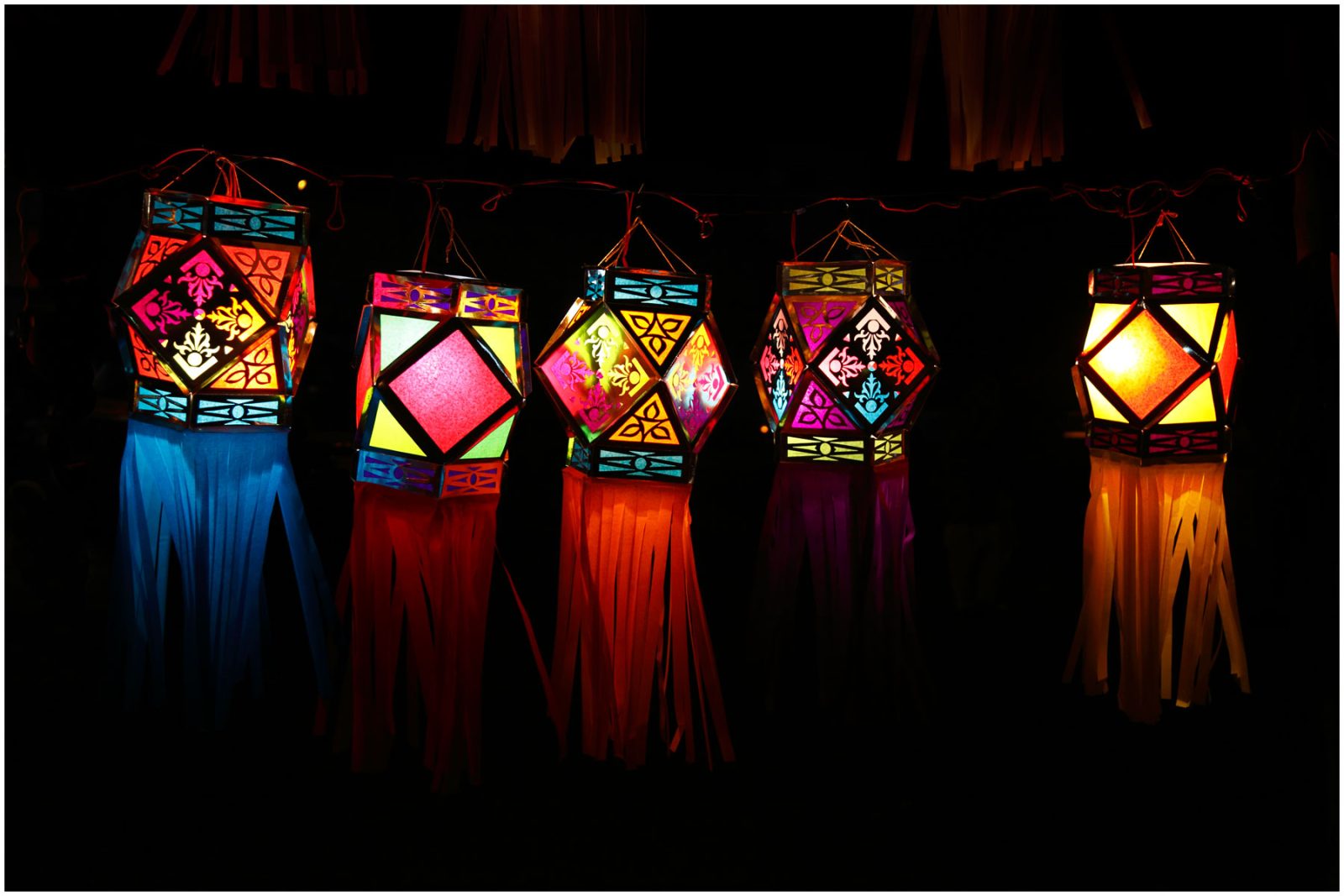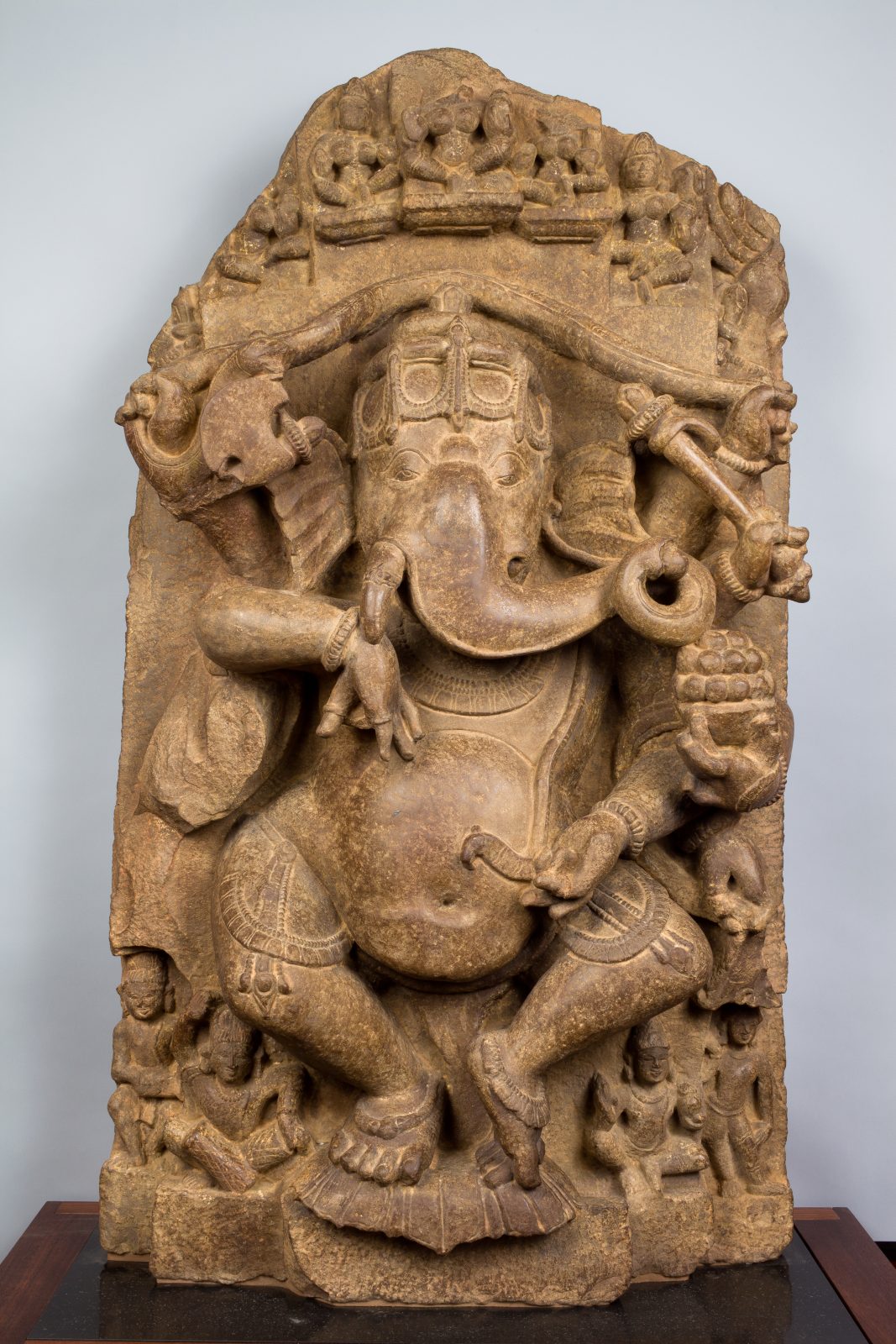


The Hindu festival of Diwali is a celebration of the victory of good over evil, light over darkness, and new beginnings. Light is both a spiritual and physical symbol of Diwali and the festival is often referred to as the “Festival of Lights.”
During Diwali observers worship the elephant-headed Lord Ganesha, the god of good beginnings and allegorical destroyer of all evil and obstacles—a beacon of comfort for those in need. If you find yourself unmotivated, lonely, or overwhelmed by the problems of the world, don’t allow yourself to drown in darkness this Diwali! Instead seek light and wisdom from one of the world’s most can-do deities.

Ganesha; Nepal; 17th century; Copper alloy; Rubin Museum of Himalayan Art; C2004.22.2
Here are five refreshing lessons that Ganesha can remind you of in moments of need.
Ganesha (also known as Ganapati and Vinayaka) is a deity in the Hindu pantheon and actively worshiped by many people around the world. Despite their differences, worshippers across the many sects of Hinduism all love this guy!
If we ever want to change our individual lives for the better—or tackle larger issues like poverty or global climate change—we need to turn to others. Ganesha encourages us to look past our affiliations and find common ground so that we can work together.
We often think of gods as perfect and create flawlessly beautiful images of them. Ganesha has the head of an elephant and a soft pudgy body (no six-pack abs here!). He’s also famous for a serious sweet tooth. Check out his wily trunk in the sculpture below—he’s reaching for a tasty laddu treat. As you may notice, one of Ganesha’s tusks is broken, and according to one legend he broke it off himself to throw at the moon after it teased him for overindulging in snacks.
Ganesha isn’t perfect, and that’s one of the many reasons people feel comfortable approaching him for help. Do not get caught up in trying to be flawless yourself. Indulge yourself this Diwali in jalebi, balushahi, and all the other delicious Diwali sweets!

Ganesha; Madhya Pradesh, India; 11th century; Sandstone; Rubin Museum of Himalayan Art; C2004.14.4
Despite Ganesha’s bulk he is often shown to be light on his feet, ready to protect those in trouble or be the one to start the music. As a god associated with abundance, he is also known for his cheerful and generous spirits. Ganesha’s optimism can inspire others to seek every opportunity to celebrate and share what we have with others.
Ganesha is a god people feel they can talk to with ease and relate to on a personal level. Opening a dialogue is essential to finding common ground and creating meaningful relationships with others, but it can be difficult to start. Introduce yourself to someone new today! There’s a lot to learn from people who are different than you are. It’s also a great way to make friends and foster partnerships. Having trouble breaking the ice? Why not start a conversation and bring in Ganesha as your ringer? People enjoy stories about this cheerful deity.
Ganesha’s most famous title is “Remover of Obstacles,” whether they are physical, mental, or spiritual. After all, what can withstand a charging elephant (or a charming, dancing elephant, for that matter)? Sometimes the obstacles preventing us from being happy are right under our noses. If you’re working to improve your life, keep Ganesha in mind for his power, good cheer, and willingness to step up for what’s right—dance floor or not!
Get the latest news and stories from the Rubin, plus occasional information on how to support our work.